So we bid farewell to the biggest outperformer in the “golden age of television.” Amid dragon fire, crystal meth, and other blazing tragedies, a period upstairs-downstairs drawing room drama somehow earned a pride of place, despite its venal conflicts and torrid romances. At the end, Downton Abbey looms so large it should give us all cause for reflection on our assumptions about important television.
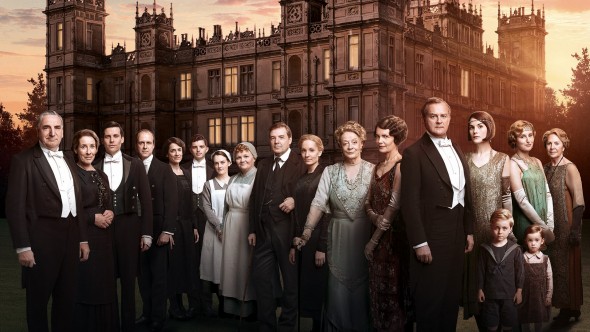
Somehow we came to love Downton Abbey, through all its faults, and in all its glories. It was not just a guilty pleasure, but legitimate prestige television, earning more Emmy nominations than any other international television series in history by an enormous margin, and growing into one of the most watched and enjoyed TV dramas in the world. In my childhood of the 1980s, Masterpiece Theatre really meant something, but the legendary Alastair Cooke could only have dreamed of the success Masterpiece has had with Downton.
And yet, in its tone, its characterization, its presentation and its melodrama, Downton Abbey has resisted many of the markers that characterize prestige television in the current era. It is never really grim. It is short on dream sequences and mysterious non-sequiturs. Its alienations are not its victories. It rarely digs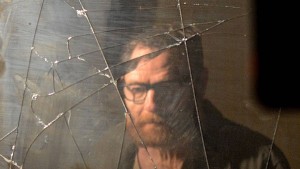 deep into the LP crates or Soundcloud for music and scoring. I don’t recall it ever facing a reflective surface posing the agonizing question, “Who is this terrible self?” (Except that time with the burn victim, but that was just silly.)
deep into the LP crates or Soundcloud for music and scoring. I don’t recall it ever facing a reflective surface posing the agonizing question, “Who is this terrible self?” (Except that time with the burn victim, but that was just silly.)
Further, Downton Abbey came with an assumption — an assumption it shares with its prestige television peers: This show is about the End of an Era, about the tortured downfall of traditional power relationships, family roles, economic roles, gender roles, masculinity and patriarchy in the waning afternoon light of late aristocracy, and, by association, late capitalism. It is about what familiar powerful people do as their world ends to prove we do not know them. It will indict us for mistaking the beautiful for the good, and it will join the gilded opera of televised societal collapse…
…and well, by now you know that none of that ever happened in the show.
Oh, there was change in Downton Abbey. There was upheaval. There was disruption, innovation, feminism, retroactive reconsideration of historically subaltern discourses of the homoerotic, all that cream-in-the-Twinkie we’ve come to expect from Serious Twitter television.
But the ax never dropped. In the end, the Crawleys are still in the Abbey. The servants still bring tea. Lady Mary did not bury her father with her own hands and carve the great house into condos. The Dowager Countess did not toss her final repartee into a bleak and uncaring wind. Lady Edith’s fire burned in her bedroom, 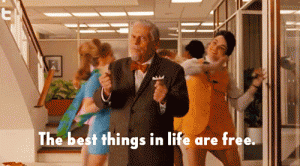 not Dresden, and it caused no casualties. If The Sopranos or Mad Men had ended with a wedding day season finale followed immediately by another wedding day series finale, plus a bonus long-awaited baby and a New Year’s singalong, pundits would have thrown their televisions.
not Dresden, and it caused no casualties. If The Sopranos or Mad Men had ended with a wedding day season finale followed immediately by another wedding day series finale, plus a bonus long-awaited baby and a New Year’s singalong, pundits would have thrown their televisions.
Here, I think, two roads diverge, and I can’t say which you might choose in your evaluation of all this, but I know mine:
- Downton Abbey came up short. It checked its swing. It should have had the courage to lay the Crawleys low, to bring its historical arc to a conclusion. That Downton Abbey still has aristocratic protagonists in it at the end, instead of a public museum, multi-unit houses, or sneering nouveau riche (or darker versions of the Crawleys warped nearly beyond recognition), is a failure in the basic premise of what the show was supposed to be about. The mortal coil shuffles off, the glory of the elite of the past and present, as it has been since ancient tragedies and tends to be across cable television, is a metaphor for our own worldly arrogance and near-universal hubris in the face of misfortune and death. Downton Abbey pointed for most of its length at an ending of this sort, and that it never arrived is mostly a failure of execution, or a cheapening move made to appease a disrespected audience.Or…
- Downton Abbey used its larger historical arcs of social and economic change differently from other prestige television shows. Though it started with the sinking of the Titanic and built its seasonal story arcs around the shifting fortunes of peerage, around well-known and expected catastrophes, and around the changing economic and cultural landscape, it was never a grand drama of collapse in the way so many of its contemporaries were. Here, Gatsby learns to swim, and while that’s troublesome, the goal was never to watch him drown. It was still a good show, and worthy, but you need to look elsewhere to figure out what it was doing and why: it was not predicated on the satisfaction of seeing the end of an objectionable way of life.
I’m in camp two on this one; especially in the final season, it became apparent that the show held out the possibility that it was about massive social change as a driver of human drama, all the while remaining a show about human drama concurrent with and against the backdrop of those changes. It showed the end of an era, but did not define itself by it, and did not affirm itself by the justness of change (or unjustness).
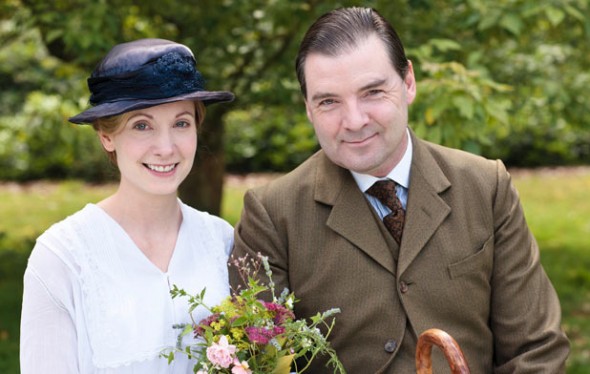
Musica Universalis Batesorumque
For the last three seasons at least, we at Overthinking It have done close readings of every episode of Downton Abbey on our TV Recaps podcast, and here at the end I wanted to share what I see as the basic insights of this work, which we’ve found to be broadly applicable to analyzing and enjoying other serialized television.
The first step in understanding and enjoying an episode of Downton Abbey for me is not to determine the historical problem or the threat to the family, or the opportunity to the servants, but the central pattern at the heart of each episode that spins out like a fractal into the stories and conversations of the various characters.
Downton Abbey isn’t a show about cataclysms, it’s a show about patterns; patterns of how we relate to each other, patterns of how we organize ourselves, patterns that both reconfirm and frustrate our expectations for behavior and the world, and patterns that can be beautiful, and in that beauty be pleasurable, be elegant, be touching, and engage the mind and the heart.
The most reliable way, we found, to seek out the pattern in each episode was to identify the “Downton Abbey Moment,” a moment as separate from the plot of the main story as possible where conversation, image, or gesture sets a basis for comparison or expectation that can help frame conversation for the rest of the episode.
There’s an old writer’s saying: “Every sentence is the story,” which informs a lot of how writers shape fiction and performing arts pieces that exist on multiple levels of microcosm or macrocosm, that is, a poem with cantos and books, or a novel with chapters and volumes, a play with scenes and acts, etc. Ideally, even very small pieces of a work might carry within them the heart of what the larger work is talking about; by hewing to this rule of thumb, parts of the story that might drift apart can be made to feel more related and connected.
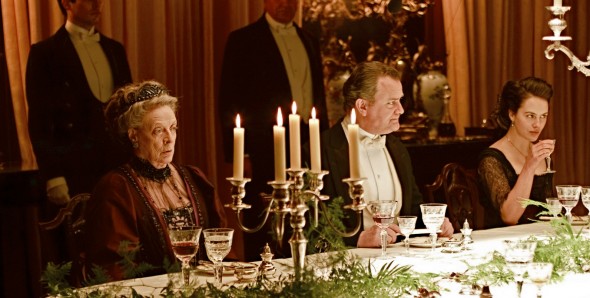
Up until its last season, where the episodes get a bit more sophisticated, Downton Abbey lives and dies by this rule, and that is because Downton Abbey is full of filler.
There are lots of conversations about fashion, food and drink, relatives we never meet, historical events we never see, gossip and musing and small talk, all warming us up to the characters and showing us how they behave with each other. It’s not strictly useless; it sets expectations for how the characters act, it enriches and develops their relationships, and it also supports the spectacle and sentimental aspects of the work, which are major parts of what makes the show enjoyable on a superficial level (I mean, it’s a really nice house, let’s be clear. No shame in that game.). And sometimes it does foreshadow things that will become important later.
But there isn’t strictly an expectation that all or most conversations in Downton Abbey have to be important to the plot of each episode, especially when the Dowager Countess is loosing goosefeather sass-talk like the master archer she is.
However, each conversation in a good episode of Downton Abbey is related to what the episode as a whole is trying to do, because “Every sentence is the story.”
So, to understand what an episode of Downton Abbey is trying to do thematically, to find the warp and woof of its basic pattern, first find a scene where people are talking about something unrelated to the rest of the episode.
Then, as characters on Downton Abbey are so fond of doing, listen for a pronouncement, a statement of principles, a truism, some manner of editorializing or statement of purpose for that conversation.
That pronouncement is your “Downton Abbey moment.”
Different people can find different Downton Abbey moments in the same episode, because a lot of the filler scenes are going to be talking about related ideas, and a lot of the plot-driven scenes will also have pronouncements, truisms, or editorializing in them. So it’s not like there’s a right or wrong answer. What you get is a “gateway to interpretation” that can jog along the process of seeing and speaking to the patterns in the interweaving plotlines.
For example, season 5, episode 7 is an eventful episode, where Cora discovers that Marigold is Edith’s child and the family is persuaded to bring her to the Abbey; where Mary and Tony Gillingham finally break things off; where Atticus proposes to Rose; and where Larry Grey nukes the relationship between Isabel and Lord Merton from orbit, as it’s the only way to be sure.
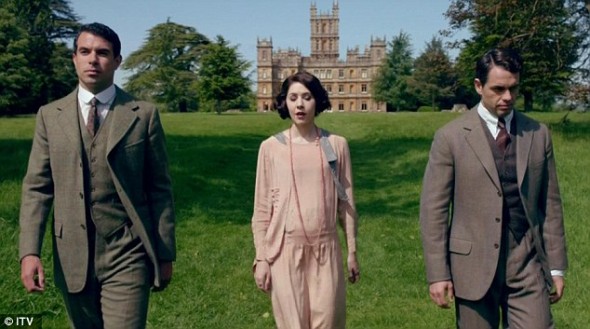
Early in the episode, Tony, Mabel, Mary and Charles are walking outside, and we’re getting the sense that Tony and Mabel might get together (as is Charles Blake’s plan). Mabel mentions she’s going to go inside and change clothes (Ah! This scene is relationship-building filler!). Tony says, “I’ll see you at dinner.” Mabel replies, “Not if I see you first.”
Now, this exchange, materially, is pointless. It’s not like Mabel is actually going to hunt down Tony Gillingham and make out with him in a hallway (it’s Charles Blake who does that with Mary); Downton Abbey is not the kind of show where portentious statements like that presage big events; it’s the kind of show where portentious statements relate to thematic elements.
If you take the statement, then, as a sort of mission statement for the episode, it casts a lot of the major events into an interesting light. You can see how many of the events are about changing circumstances by taking the initiative, and how much the various players in their private dramas can get what they want merely by being proactive in situations where they might otherwise be passive. It is so, so important to “see you first.” And, as is so often the case, it plays in different directions in different stories.
Atticus takes the initiative and asks Rose to marry him. Charles Blake urges Mary to take the initiative and break up with Tony, and when she doesn’t, he takes the initiative and kisses her in Tony’s presence to force the breakup. Molesly takes the initiative to move the waffling Daisy forward in her work on the farm. Robert is reluctant to take on Marigold, but Cora takes the initiative and he agrees to it, because honestly he can afford it and it doesn’t matter to him that much. And since Isabel has been so passive with Lord Merton, and he too has been so passive, it opens up the opportunity for Merton’s son to go ham at dinner and spoil things.
To me, having a “Downton Abbey moment” in mind makes the stories that otherwise tend to spin out from one another feel much more connected, and in the connections are the rhymes and patterns that make the episodes beautiful.
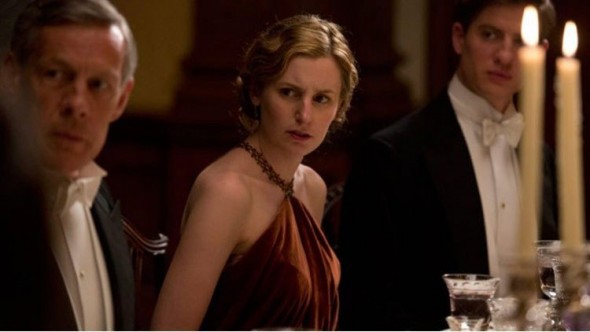
I encourage you to look for the “Downton Abbey moments” in your favorite serialized shows; they are a great trick to determine what a particular episode is about artistically, to find the patterns and connections that hold different story arcs together to create a unified art object, even within the context of a larger season and multi-season arcs.
Plus, you’ll find different shows tend to reveal their “moments” in different ways, which can be a doorway to understanding and appreciating form and pattern in an increasingly complex medium. Then, each time you discover a pattern jump out or a callback in one story to something that happens in another story, the “moment” can help provide the bridge, which for me is a delightful experience that inspires joy and laughter. I like noticing things, and if you like prestige television, you probably do too.
Every sentence is the story, every episode is the season
Downton Abbey seasons are tricky (and Downton Abbey doesn’t really have very important multi-season structure, since there tend to be large and arbitrary time jumps between seasons, and each season takes on its own themes), but the themes of social change and history, in my experience, occur on the level of season more than the level of episode.
Each season has one or two storylines that may or may not seem minor, but which are key to exploring the real-world circumstances that frame the action: Branson’s courtship with both politics and schoolteachers, the fate of the cricket pitch and Mrs. Pattmore’s controversial nephew, and, in the last season, the consolidation of the village hospital into the Yorkshire hospital system. Big portentious statements about history or change tend to relate not to the episode as much as the season, and also tend to take the form of montage or visual tableau.
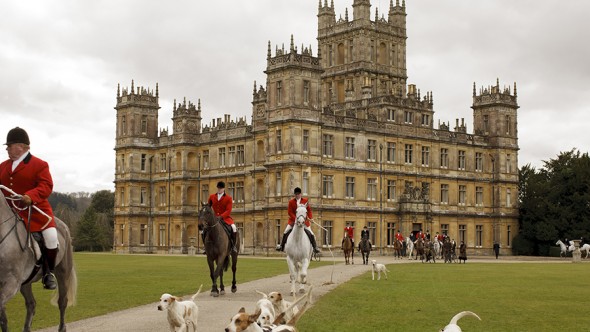
For example, the final season is framed by two giant “pack chase” scenes, the fox hunt at the beginning of the episode, with Lady Mary taking her tea and riding above the hounds, and the Brooklands race scene, with the racers running to their cars as the working-class and noble spectators alike crowded the railings. The involvement of the people as an audience versus the private enjoyment of the Crawleys echoes the privilege of leadership of the small hospital in board and committee meetings versus Cora’s climactic speech in front of the crowds that invigorates Robert with respect for her as a leader in the community, a truly excellent and worthy companion, and peer.
So, the filler scenes point to the themes of the episodes, which spin out in patterns both upstairs and downstairs.
The big set pieces point to the themes of the seasons, which set up tensions that can extend over weeks and months because we know the historical events and trends that will shape them. And bad things happen to Anna and Mr. Bates.
Now you know everything you need to know to appreciate this gem of a series.
Only here, in the end, now that we know Downton does not end in fire, can we remember then what it was about when we were enjoying it. Only as it becomes a remembrance, a tale of auld lang syne.
I miss Matthew. When do we start the rewatch?
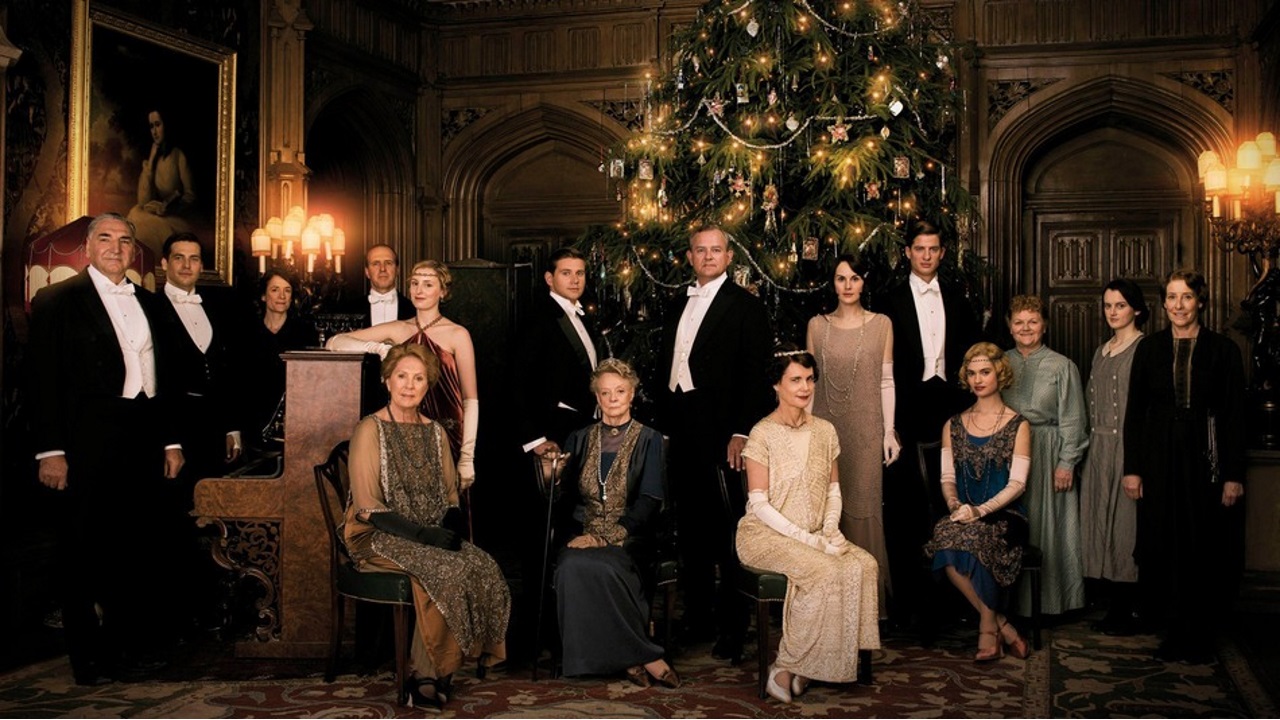
Is there anybody that does not miss Matthew? Or who did not just watch “The Guest” to see what was so important Dan Stevens decided to die and leave Mary behind to go and do?